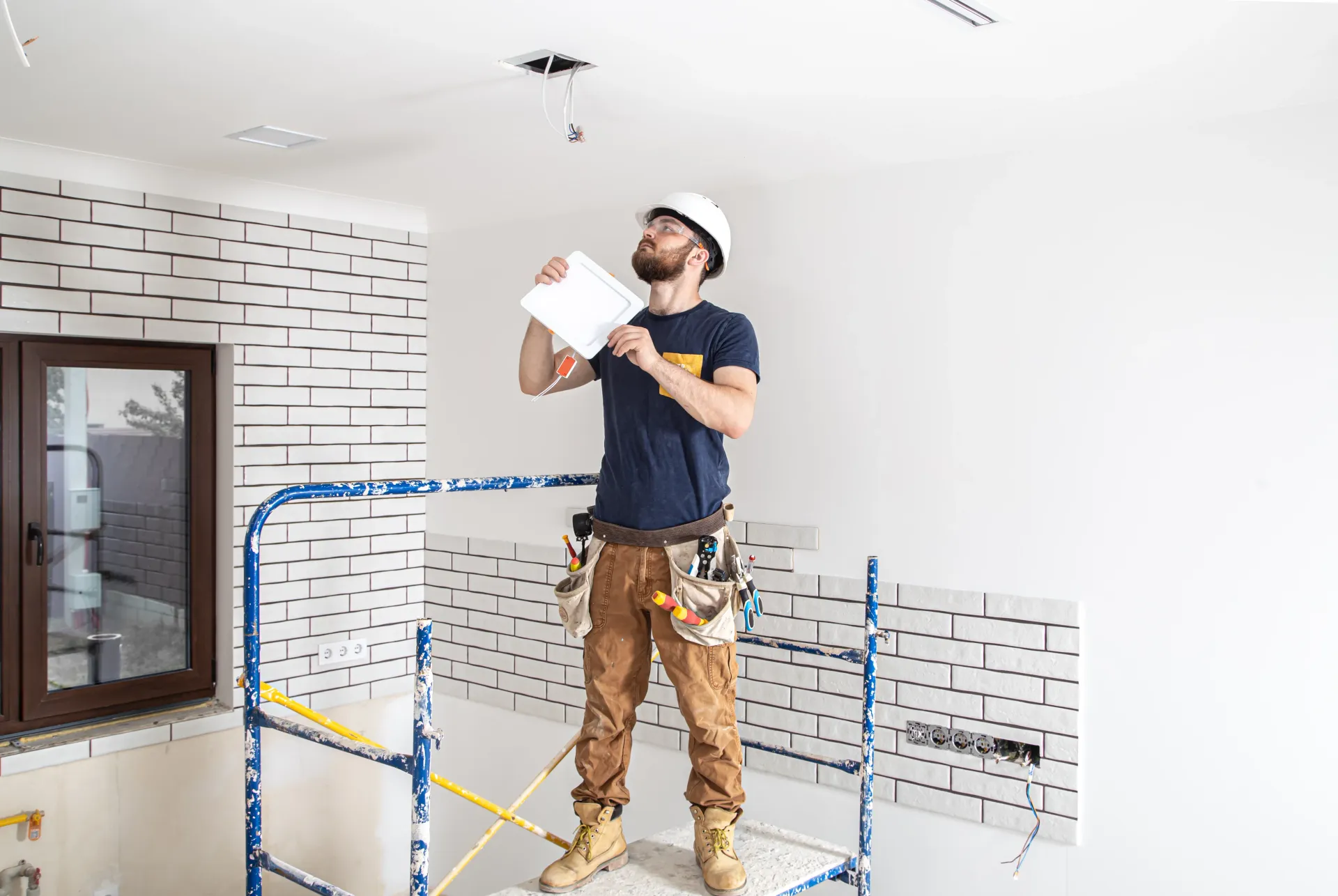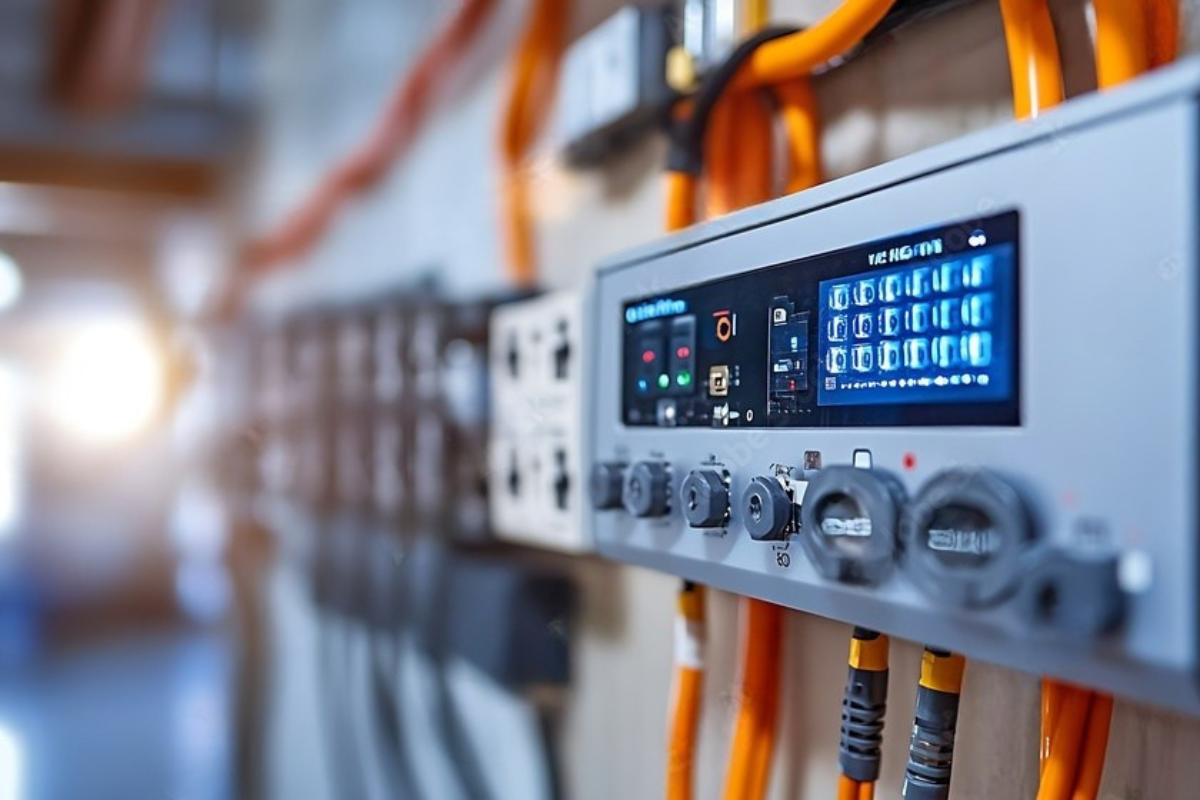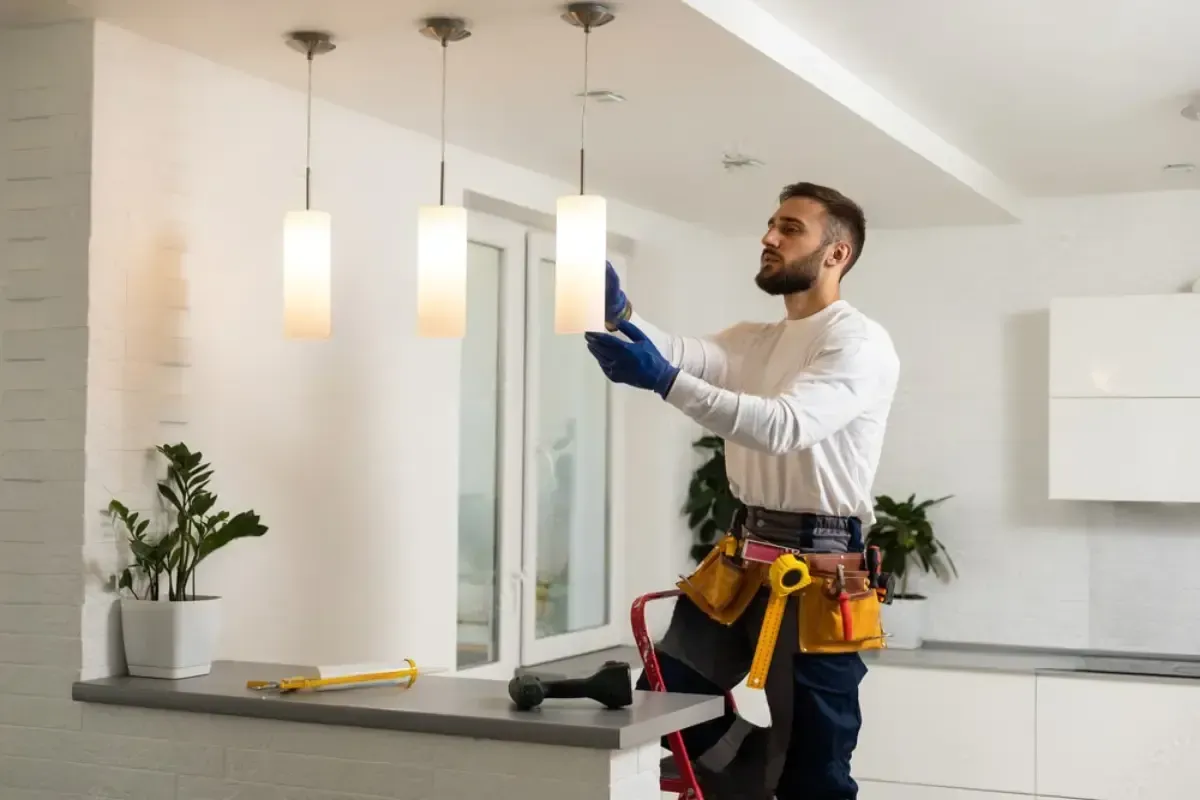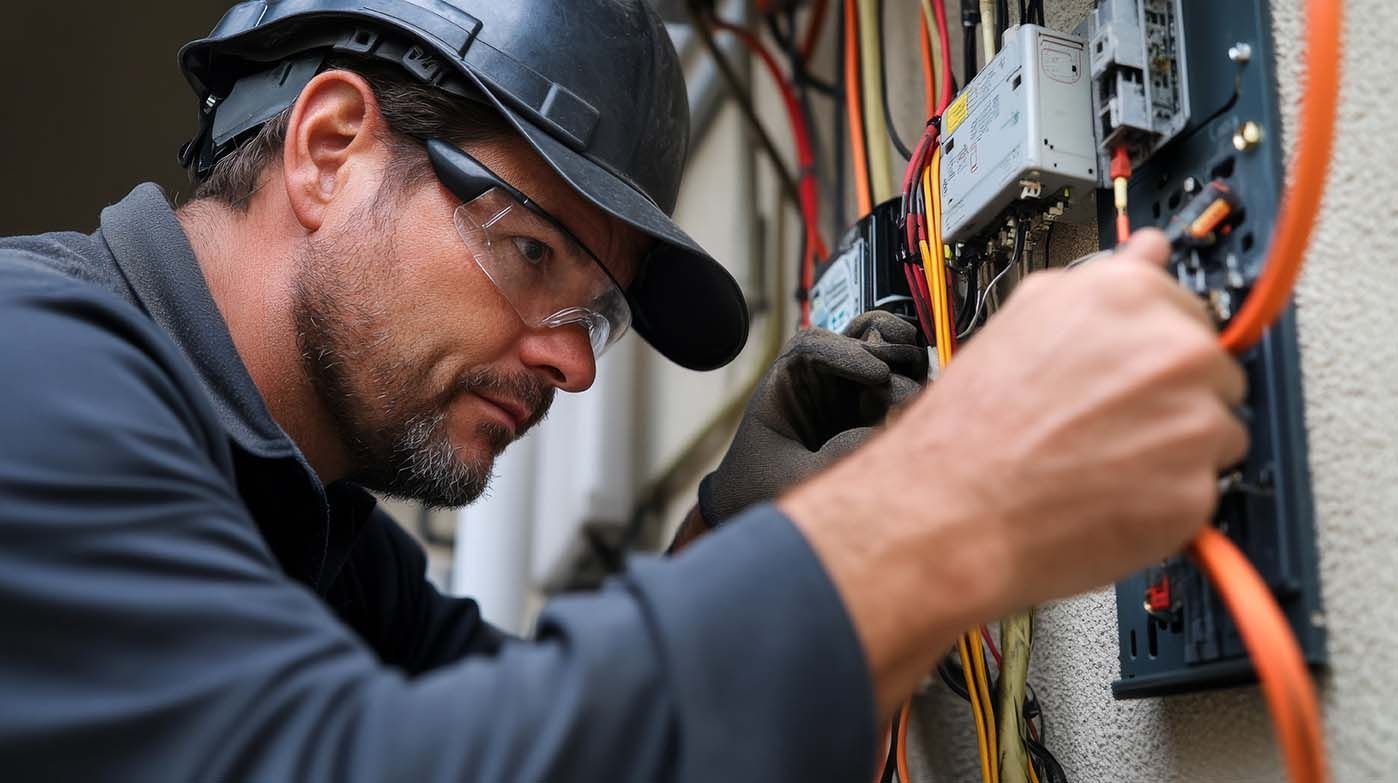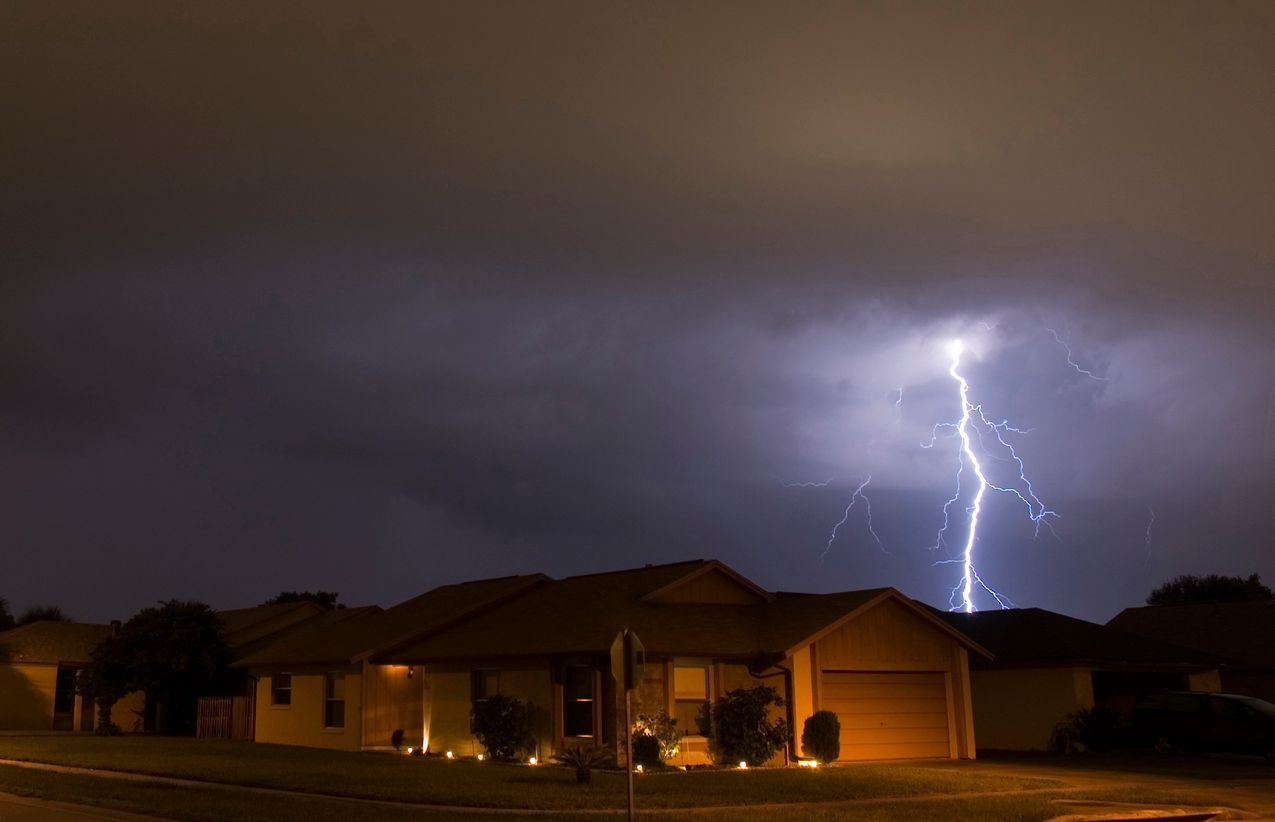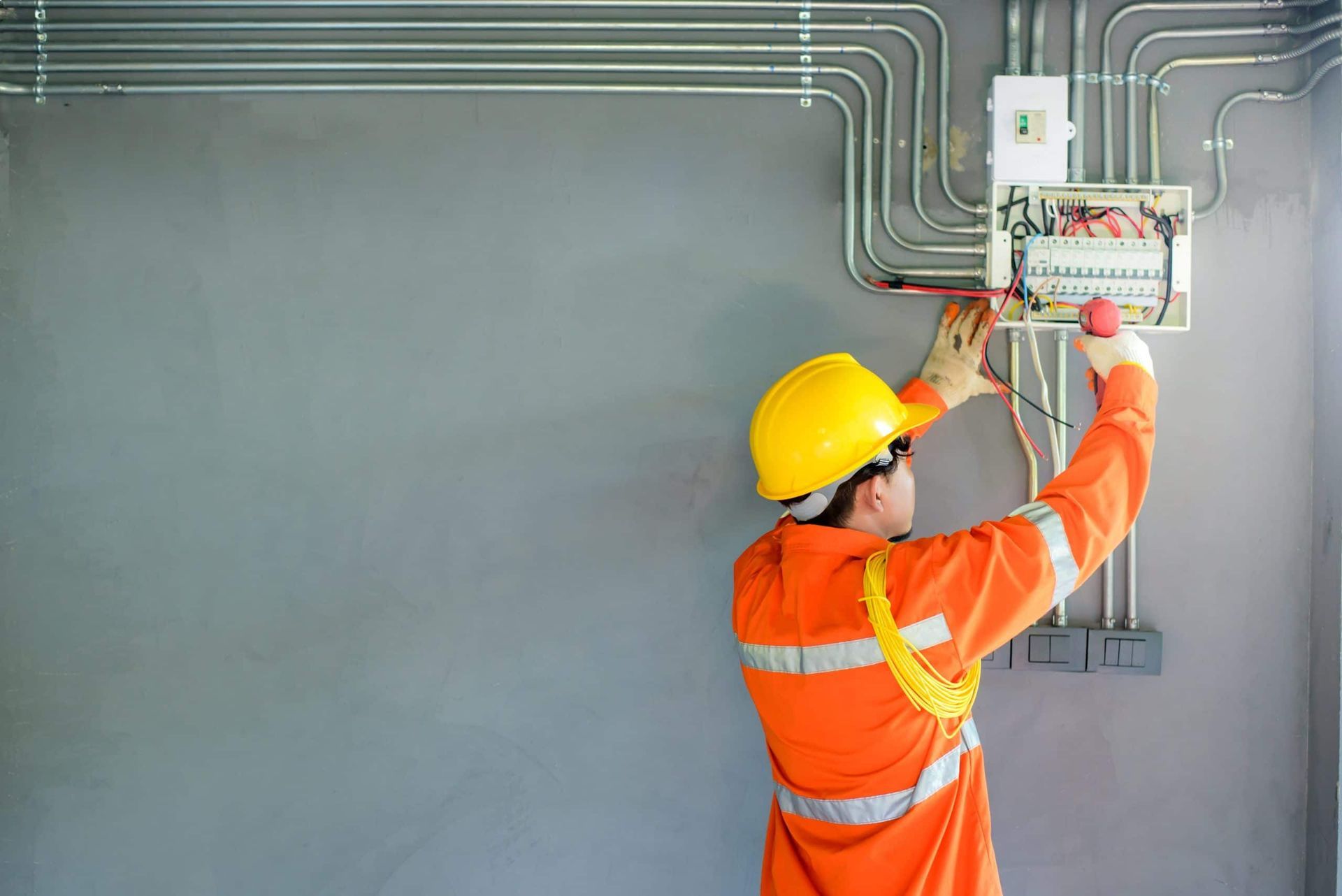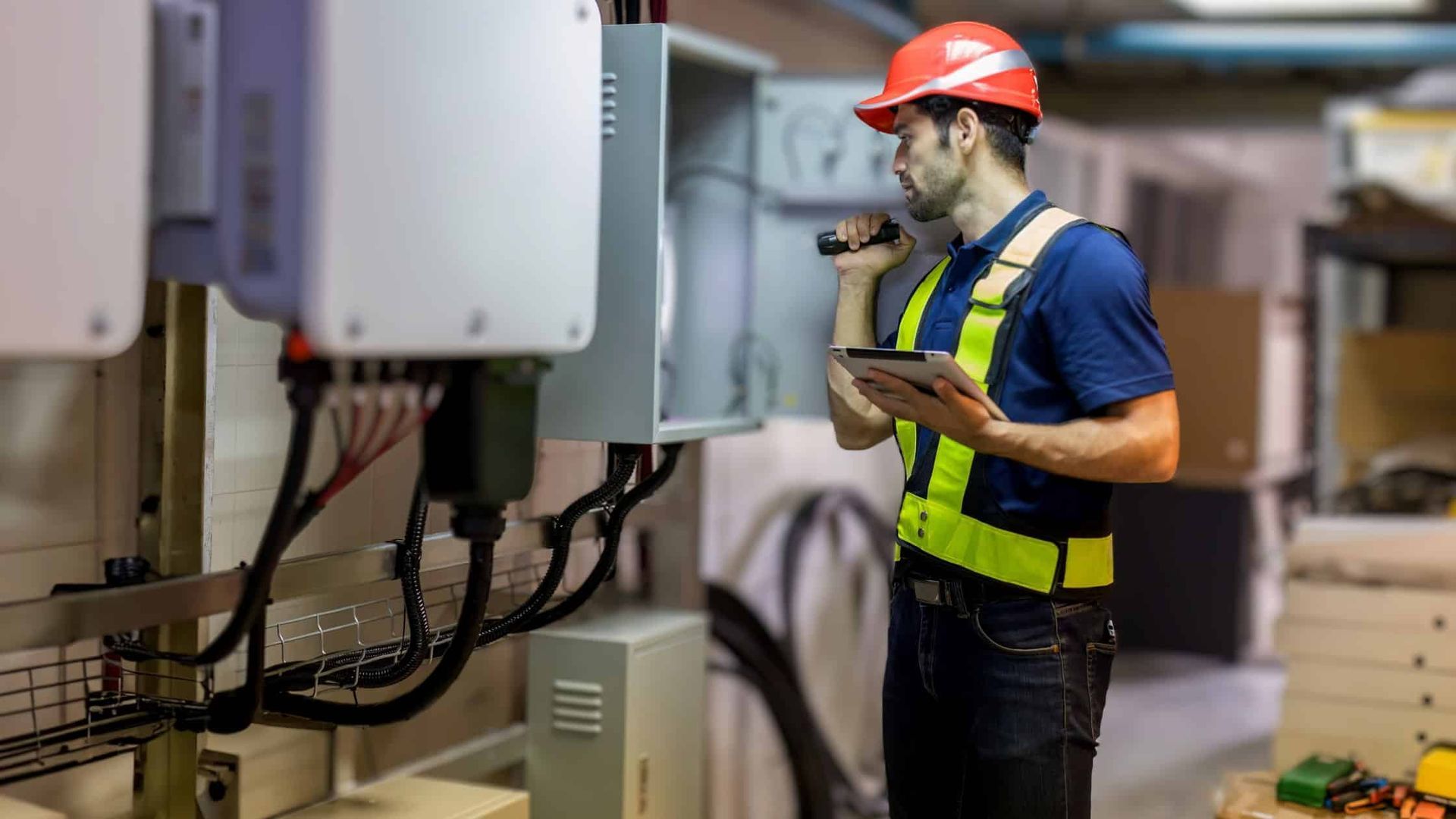Your Guide to Safe & Stylish Recessed Lighting by the Pros
Recessed lighting has become a staple in modern home design. These sleek, space-saving fixtures can brighten a room without taking up any visual space, making your interiors look cleaner and more polished. Whether you're upgrading your kitchen, bathroom, or living room, this comprehensive guide—crafted by experts—will walk you through everything you need to know about safe and stylish recessed lighting. From electrical safety to interior design hacks, we’ve got you covered.
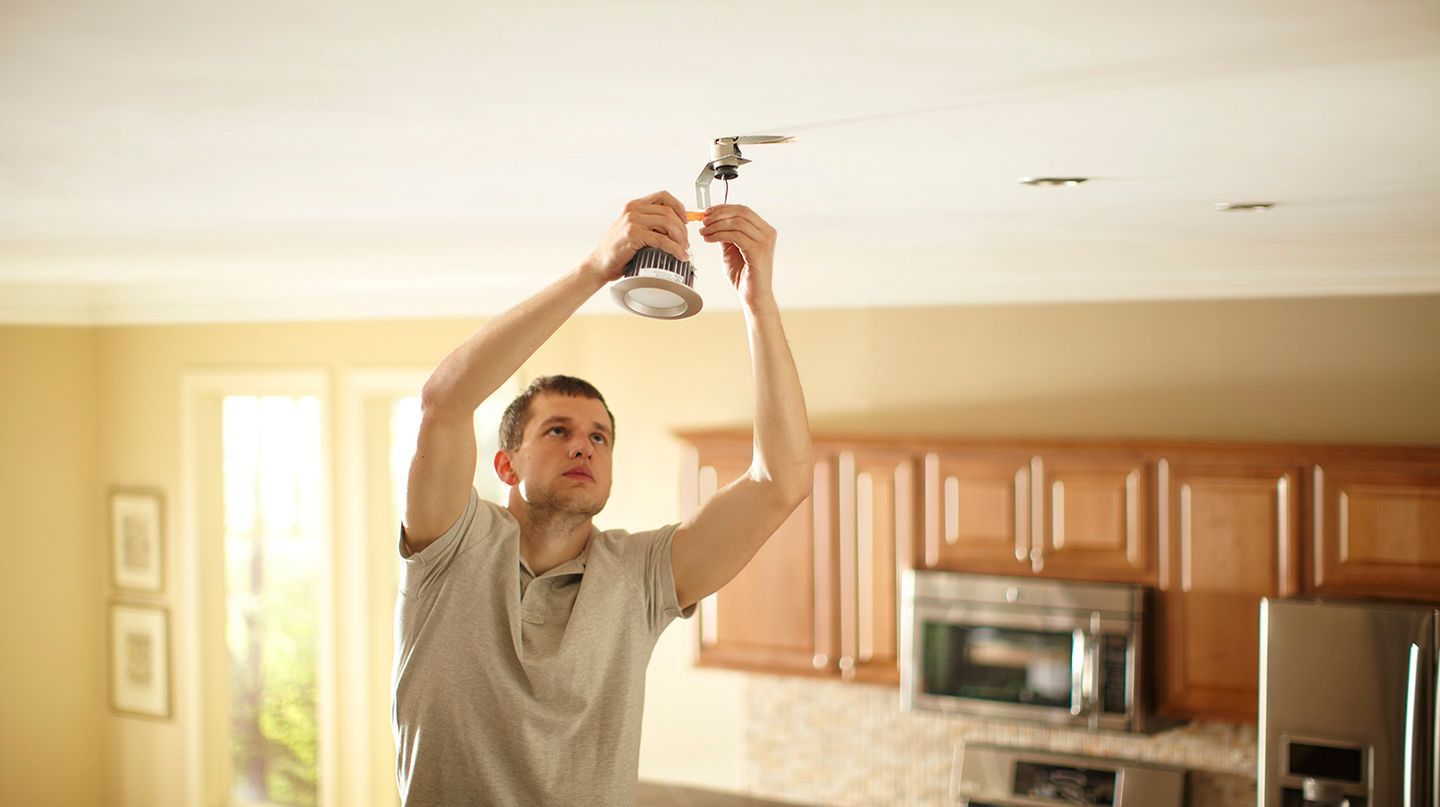
What is Recessed Lighting?
Recessed lighting, sometimes known as “can lights” or “downlights,” refers to light fixtures that are installed into hollow openings in the ceiling. Unlike traditional hanging lights, recessed lights sit flush with the ceiling, offering a cleaner and more minimalist look. These lights typically consist of three components: the housing, the trim, and the bulb.
They’re popular in modern homes for their sleek design and unobtrusive lighting. Whether used for general illumination or spotlighting specific areas, recessed lights offer flexibility in any room.
Types of Recessed Lighting Fixtures
Recessed lighting isn’t one-size-fits-all. There are several types you should be aware of:
- Trim Styles: Baffle, reflector, open, eyeball, and gimbal trims each offer a different aesthetic and function.
- Housing Options: IC-rated housings are designed for insulated ceilings, while non-IC versions are for non-insulated areas.
- Bulb Types: LED, halogen, and incandescent are all used, but LEDs are preferred for energy efficiency and longevity.
Selecting the right fixture depends on the ceiling height, purpose of the lighting, and the overall décor of your space.
Benefits of Recessed Lighting
There are several reasons why homeowners are embracing recessed lighting:
- Space Efficiency: Since they don’t hang down, they’re perfect for rooms with low ceilings.
- Modern Aesthetic: Clean lines and minimal design enhance the look of any room.
- Directional Lighting: You can aim them to highlight artwork, countertops, or architectural features.
- Energy Efficiency: Especially when using LED bulbs or smart lighting systems.
The combination of function and form makes recessed lighting a top pick for modern interiors.
Safe Installation Practices
Installing recessed lighting might seem straightforward, but safety comes first. Always follow these guidelines:
- Turn off the main power before beginning installation.
- Use IC-rated housing in insulated ceilings to avoid fire hazards.
- Ensure proper spacing to prevent overheating.
- Keep away from combustible materials.
Even if you’re confident with tools, it’s wise to consider hiring a licensed professional for installation. For trusted assistance, check out this Electrical Service.
Wiring & Electrical Requirements
Wiring recessed lighting requires attention to detail and adherence to local electrical codes. Here’s what to consider:
- A dedicated circuit may be necessary depending on your setup.
- Wires must be properly rated and housed to prevent overheating.
- Junction boxes should be accessible and grounded correctly.
- All connections should be tight, secure, and insulated.
If you're not an electrician, tackling this alone can be risky. It’s crucial to rely on trained professionals who understand the nuances of residential wiring.
DIY vs. Hiring a Professional Electrician
Trying to save money by going the DIY route? Here's a comparison:
DIY Pros:
- Lower cost
- Full control over installation
DIY Cons:
- Risk of injury or fire
- May void home insurance if done incorrectly
Hiring a Pro:
- Guarantees safety and code compliance
- Adds value to your home
- Provides peace of mind
Need help? Don’t hesitate to Contact a licensed electrician today.
Choosing the Right Placement
Where you place your recessed lights is just as important as how you install them. Here are a few pro tips:
- General Lighting: Use a grid layout for even illumination.
- Task Lighting: Place above countertops or reading areas.
- Accent Lighting: Use to highlight art or architectural elements.
Spacing should generally be around 4–6 feet apart for an even glow. Always account for beam angle and room size.
Best Rooms for Recessed Lighting
Recessed lights can be a game-changer in nearly every room:
- Kitchen: For clear task lighting on counters and islands
- Bathroom: Especially over showers or vanities
- Living Room: Great for ambient lighting or accenting furniture
- Hallways: Helps brighten up narrow, dark spaces
They’re incredibly versatile and can easily blend into any room’s design.
Recessed Lighting Styles & Aesthetics
Recessed lighting doesn’t mean boring. Use different trim finishes like matte black, brushed nickel, or white to match your room’s vibe. You can also vary the trim shapes—round or square—for a designer touch.
For a stylish setup, match your trim style with other fixtures in the room and consider using color-temperature adjustable bulbs for ambiance.
LED vs. Traditional Bulbs for Recessed Lighting
LEDs are the clear winners in modern lighting due to:
- Long lifespan: 25,000+ hours
- Low heat output
- Energy efficiency
- Smart control capabilities
Traditional bulbs may be cheaper upfront but will cost more in the long run. LEDs offer better value, safety, and light quality.
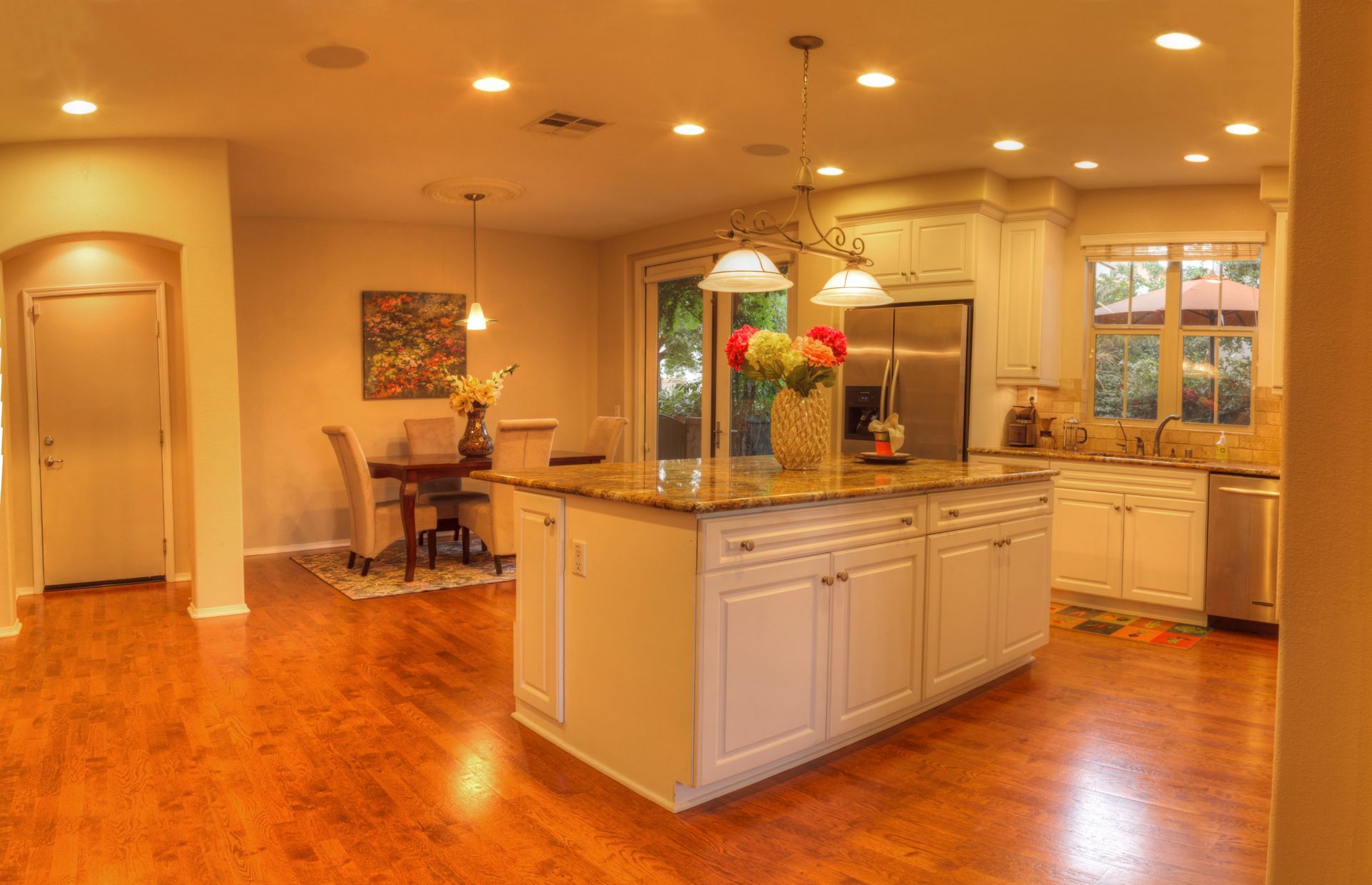
How to Layer Lighting Effectively
Layering your lighting ensures you’re not relying on one light source. Here’s how:
- Ambient: Overall room light
- Task: Specific areas like desks or kitchens
- Accent: Highlights features like art or textured walls
Recessed lighting fits beautifully into all three layers, offering seamless design integration.
Common Mistakes to Avoid
Don’t make these rookie errors:
- Placing fixtures too close together
- Using the wrong trim style for your needs
- Ignoring insulation compatibility
- Failing to account for ceiling height
Mistakes can lead to poor lighting, safety issues, and higher energy bills.
Energy Efficiency and Smart Controls
Smart lighting is the future. With smart recessed bulbs or switches, you can:
- Dim lights remotely
- Set schedules and scenes
- Save energy with motion sensors
- Control with voice assistants
Smart controls can reduce energy bills while increasing convenience and comfort.
Upgrading Existing Lights to Recessed Fixtures
Want to ditch your bulky fixtures? Retrofitting is easier than you think:
- Use recessed retrofit kits
- Make sure your ceiling depth supports the housing
- Update wiring as necessary
Retrofitting can instantly modernize your space and boost your home’s value.
Maintenance Tips for Long-Term Performance
- Clean the trim regularly to avoid dust buildup.
- Replace bulbs as needed, and switch to LED for better lifespan.
- Inspect wiring annually, especially in older homes.
- Check seals in bathrooms and kitchens to prevent moisture damage.
Routine maintenance will keep your lighting both functional and stylish for years.
Cost Breakdown & Budgeting
Costs vary based on:
- Fixture quality
- Labor fees
- Number of lights
- Wiring needs
On average, expect to pay $150–$300 per fixture installed. Investing in quality components and professional installation pays off in durability and peace of mind.
Choosing a Trusted Electrical Service Provider
The most important part of your recessed lighting project? Choosing the right electrician. A trusted provider like AT Electric LLC ensures:
- Safety compliance
- Warranty protection
- Expert advice on layout and fixtures
- Peace of mind
Never cut corners when it comes to electrical work—your home’s safety depends on it.
FAQs
How far apart should recessed lights be placed?
Generally, space them 4 to 6 feet apart for even illumination. Adjust based on beam spread and ceiling height.
Can I install recessed lighting in a bathroom?
Yes, just make sure they’re rated for damp or wet locations and properly sealed.
Are LED recessed lights dimmable?
Most are, but check the label. Use compatible dimmers for best results.
Do recessed lights increase home value?
Absolutely. They modernize interiors and improve functionality, especially in kitchens and living areas.
What type of recessed light is best for low ceilings?
Low-profile IC-rated fixtures are ideal for tight ceiling spaces.
Is it expensive to retrofit recessed lighting?
Not necessarily. Retrofit kits make it affordable, especially when using existing wiring.
Conclusion
Recessed lighting blends safety, efficiency, and aesthetics into one sleek package. Whether you’re designing a new space or upgrading an old one, this guide empowers you with everything you need to know to get it done right. Prioritize safety, make smart style choices, and never hesitate to consult the professionals. Your dream lighting setup is just a switch away.
Links
